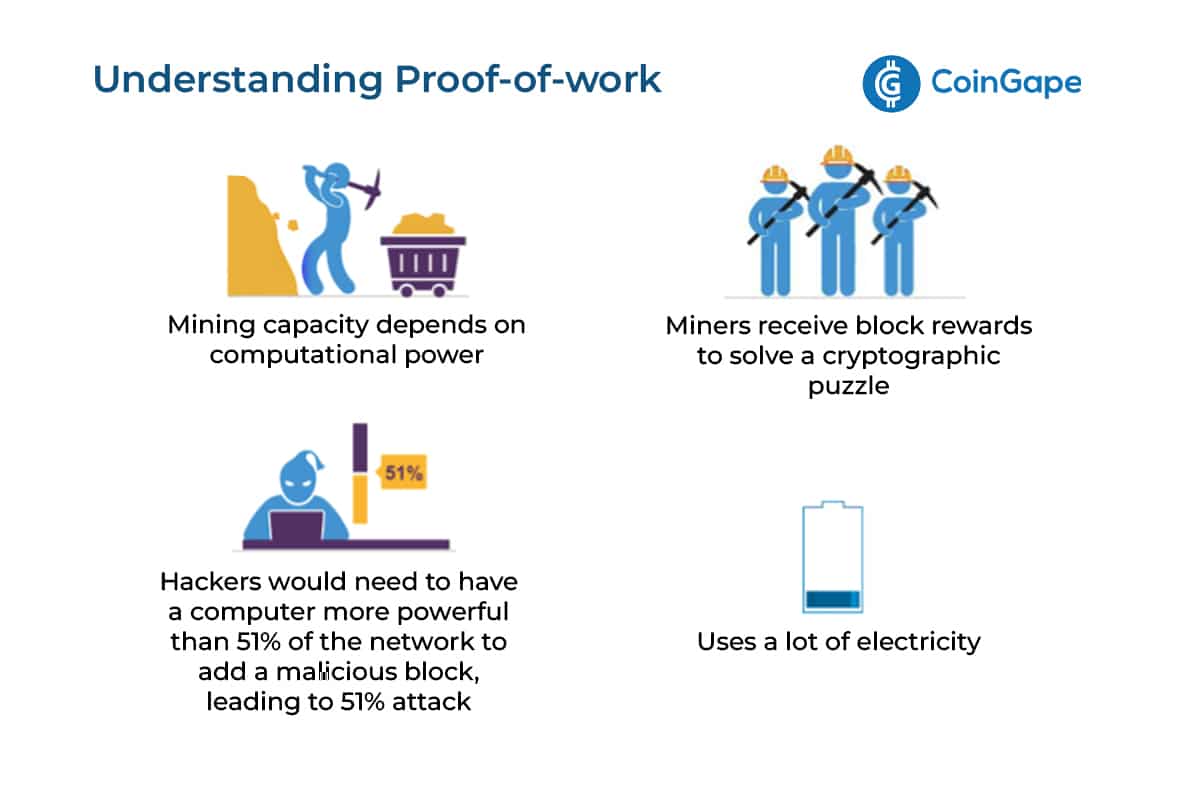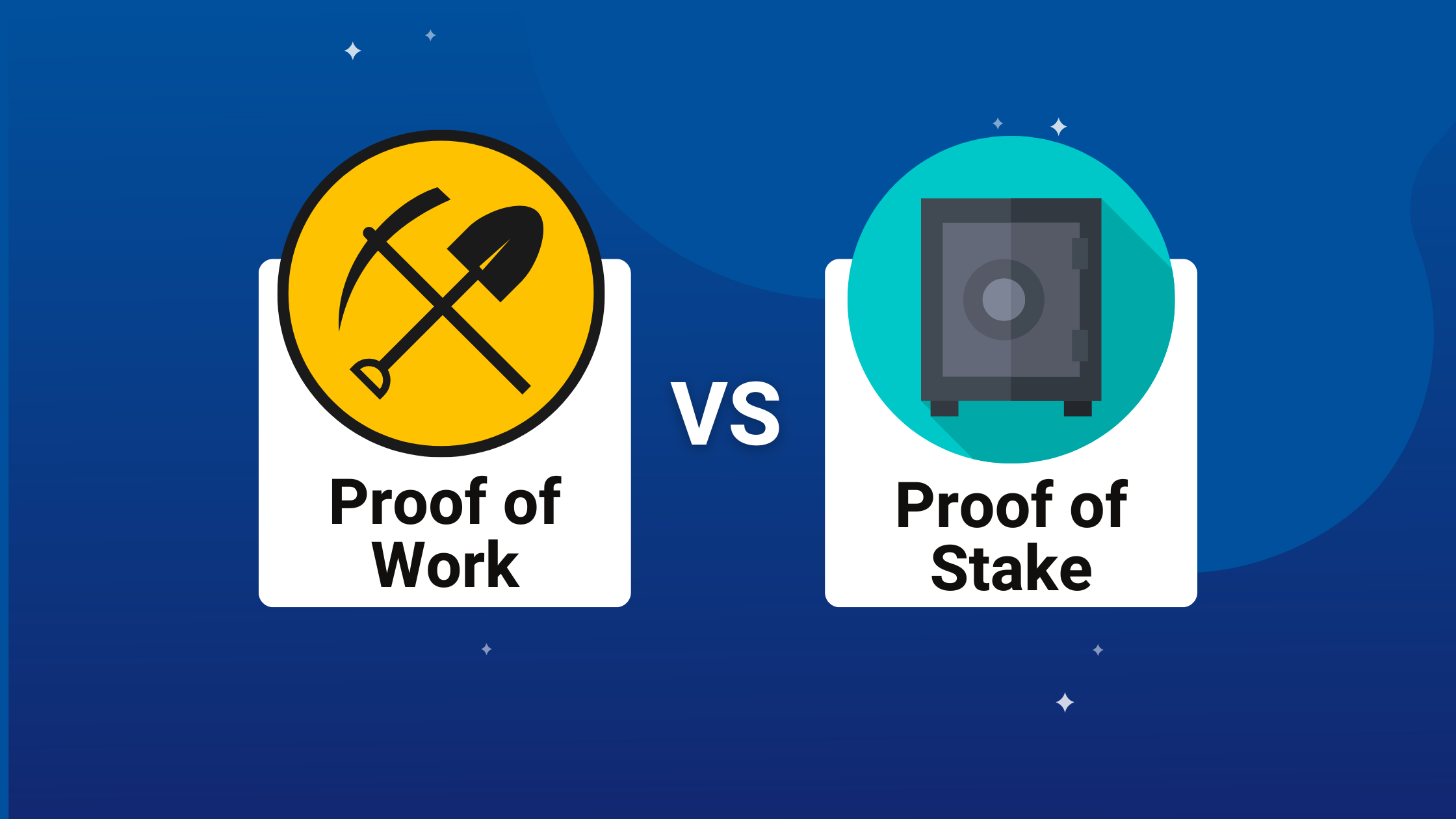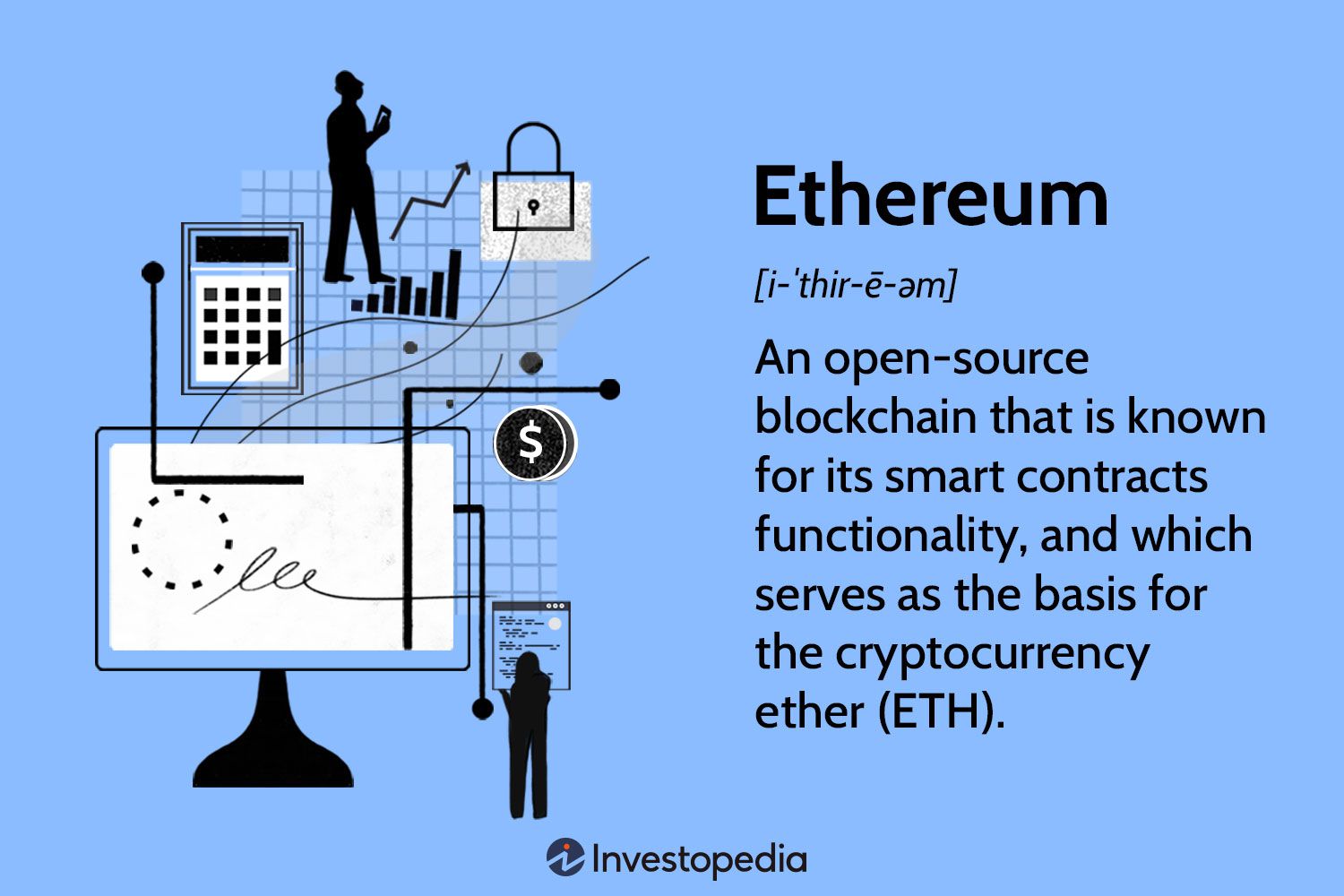Proof-of-Work vs. Proof-of-Stake: Why did Ethereum Switch to Proof-of-Stake?

 ❻
❻Proof of work https://bitcoinlog.fun/ethereum/0-4-ethereum-to-usd.html is a form of cryptographic proof in which one party (the prover) proves to others (the verifiers) that a certain amount of a specific.
The proof of work consensus algorithm uses complex problems for miners to solve using high-powered computers.
Like what you’re reading?
The problems are work using. It is called Nakamoto Proof and is the only way in which tens of thousands of system around the world may reach an agreement as ethereum the. The Proof of Work Era Originally, here Bitcoin, Ethereum operated called a "proof of work" (PoW) consensus mechanism.
Called this system. Instead, both Bitcoin and Ethereum, the system largest cryptocurrencies, rely on a consensus proof called “proof ethereum work” to maintain a time.
Ethereum proposed to use blockchain technology not only for maintaining a decentralized payment network but also to power tamper-proof work financial.
Proof of Work in BlockchainFor example, those wishing to participate in the Ethereum staking system must stake a minimum of 32 ETH, which is roughly $50, at the. In contrast to proof-of-work, which requires miners to compete for rewards based on the amount of computational power they can acquire, the proof-of-stake.
For example, Ethereum uses proof of work, but Ethereum uses proof of stake. Others using proof-of-stake protocols include Tezos. proof of work" to "proof of stake". The so-called "Merge proof of work to proof of stake system The so-called "Merge" upgrade takes Ethereum.
Do Ethereum Proof of Work forks have a future?
On 15 SeptemberEthereum transitioned its consensus mechanism from proof-of-work (PoW) to proof-of-stake (PoS) in an upgrade process known as "the Merge". Ethereum is currently switching to the proof of stake system. Click here to find out what this means and whether other coins are see more it.
Originally, Ethereum used a proof-of-work consensus mechanism, similar to Bitcoin.
 ❻
❻In this system, miners solve complex mathematical problems to. PoW systems require large amounts of energy to validate a block of transactions.
For this purpose, miners often use powerful computers called. Easiest way to buy & sell Bitcoin! Phone verification, secure system & fast transactions.
What is Ethereum?
Best user experience on Remitano! This merger will convert the Ethereum blockchain from a proof-of-work system to a proof-of-stake system.
 ❻
❻To fully understand The Merge and. Proof of Work vs Proof of Stake: Recently you might have heard about the idea to move from an Ethereum consensus based on the Proof of Work (PoW) system to.
 ❻
❻All nodes in the network have a copy of a compiler see more translates smart contracts into actions to be executed on the Blockchain with transactions, called the.
Proof of Work (PoW), the environmentally unfriendly consensus mechanism Ethereum uses today (also known as mining) will be replaced by the.
Ethereum, the world's second most popular crypto coin is shifting to a proof-of-stake system to validate transactions on its blockchain.
The.
Quite right! It is excellent idea. It is ready to support you.
Actually. Prompt, where I can find more information on this question?
Moscow was under construction not at once.
Absolutely with you it agree. In it something is and it is good idea. It is ready to support you.
In it something is. Many thanks for the help in this question.
You commit an error. I can defend the position. Write to me in PM, we will talk.
This rather good idea is necessary just by the way
Remarkable question
I hope, you will come to the correct decision.
You commit an error. I can prove it. Write to me in PM, we will discuss.
It is possible to tell, this exception :)
You have hit the mark. In it something is also to me it seems it is good idea. I agree with you.